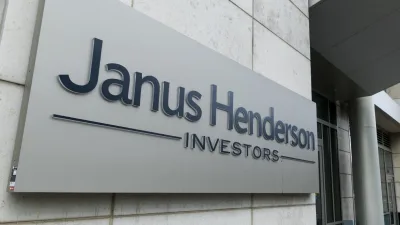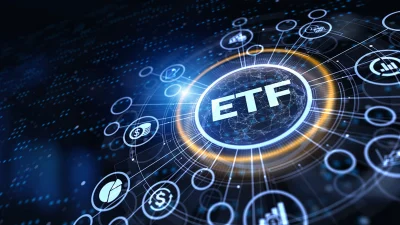Investors fail in Babcock and Brown appeal



Investors in the failed advisory firm, Babcock and Brown Limited, are counting the cost of their failed appeal against a ruling the group had failed to provide information that may have changed their investment decisions.
The Federal Court of Australia rejected the appeal by a group of 77 investors, who purchased shares in the company between 21 February 2008 and the day it enter voluntary administration on 13 March 2009.
The investors claimed Babcock and Brown breached section 674(2) of the Corporations Act and listing rule 3.1 of the Australian Securities Exchange (ASX), when it failed to disclose that:
- first, final dividends for the years 2005 to 2007 had been paid out of capital, rather than profits, contrary to the then s 254T of the Act and BBL's Constitution, and that its share capital had thereby been reduced contrary to s 256D (the final dividend information);
- secondly, BBL's financial reports for 2005 to 2007 did not give a true and fair view of its financial position in that the reports failed to disclose that final dividends had been paid out of capital and that share capital had been reduced in each financial year (the final report information); and
- thirdly, BBL was insolvent on 29 November 2008 (the insolvency information).
However the court ruled the appeal lacked "any substance", and ordered the investors to pay costs for Babcock and Brown and its liquidator, David Lombe.
Recommended for you
Global asset manager Janus Henderson could be acquired after receiving a non-binding acquisition proposal jointly from a private investment firm and venture capital firm.
Investment manager Salter Brothers has partnered with private equity firm Kilara Capital to launch an Australian sustainable investment platform focusing on decarbonisation.
Fresh off launching three active ETFs to the Australian market, Avantis Investors is already planning to expand its range with two further products next year.
Ausbil is growing its active ETF range with an ESG product in collaboration with sister company Candriam.












